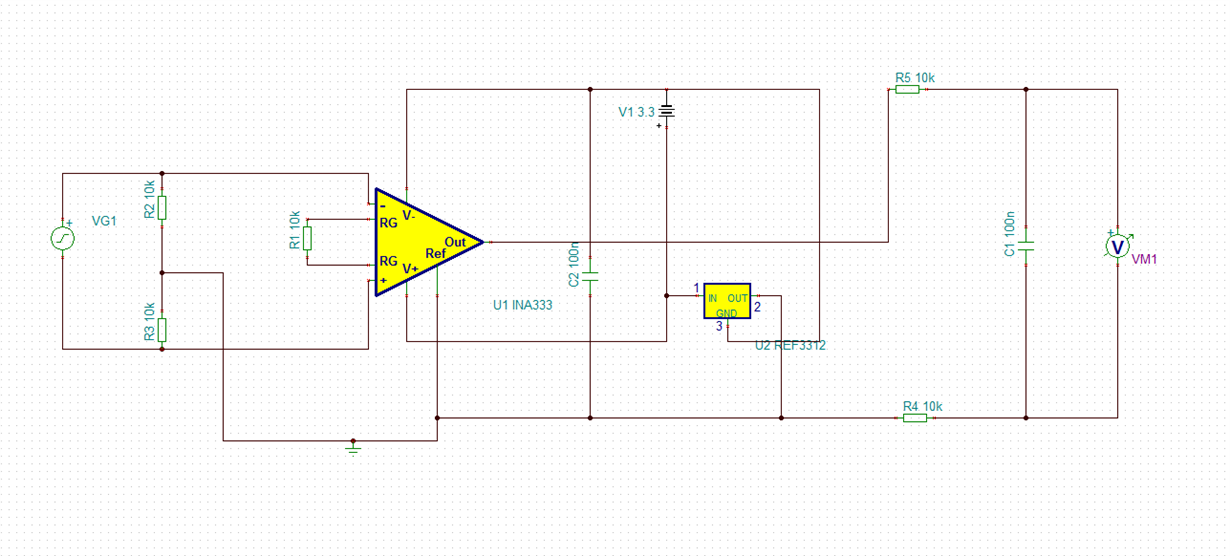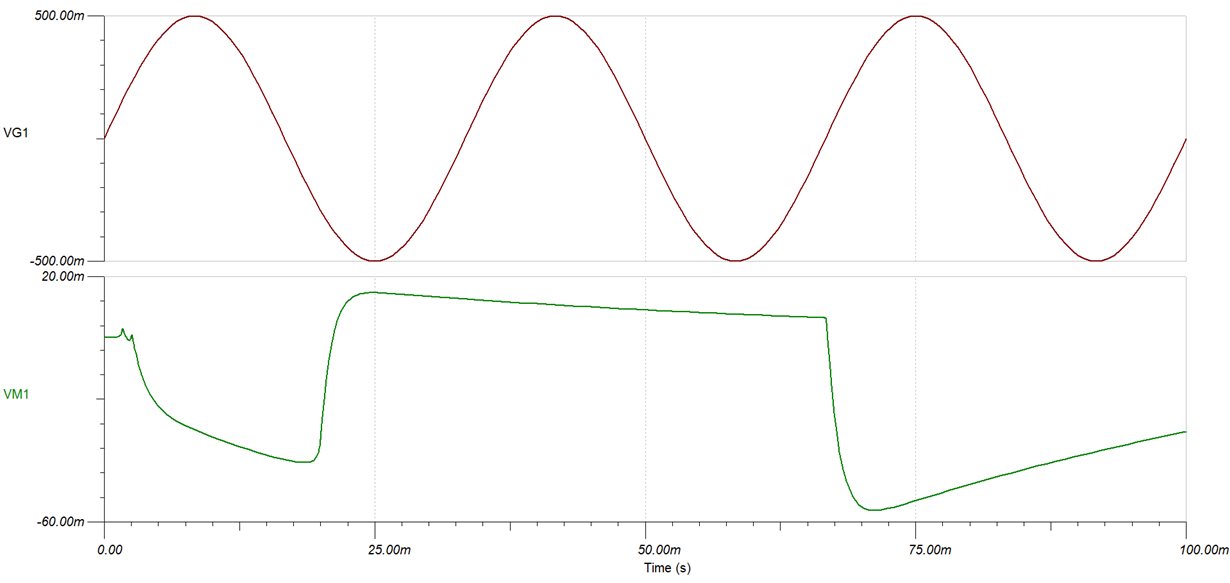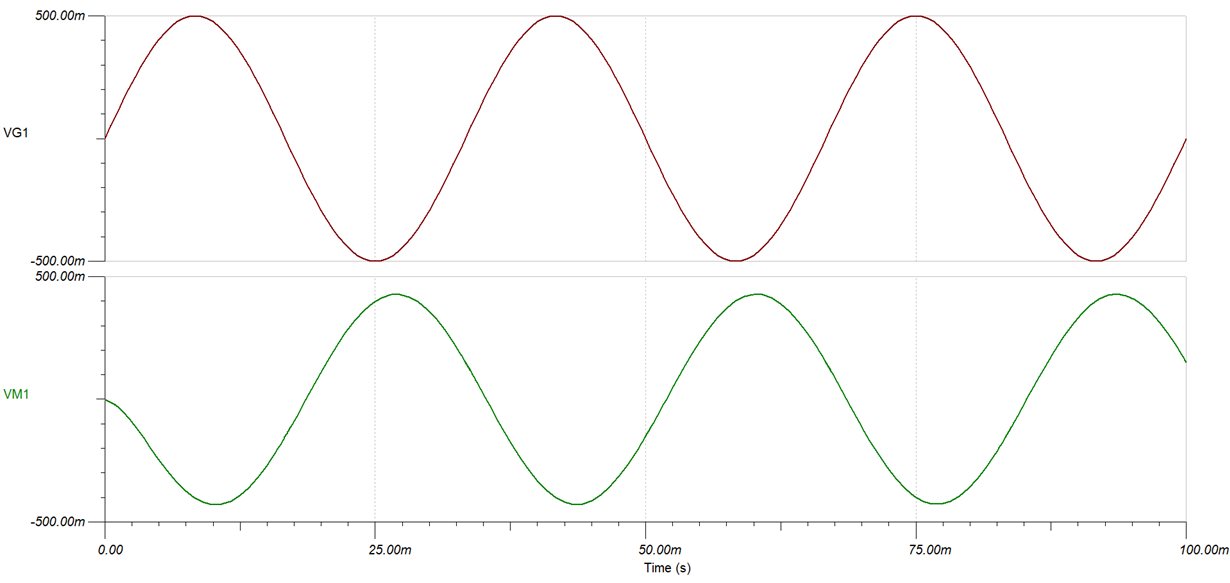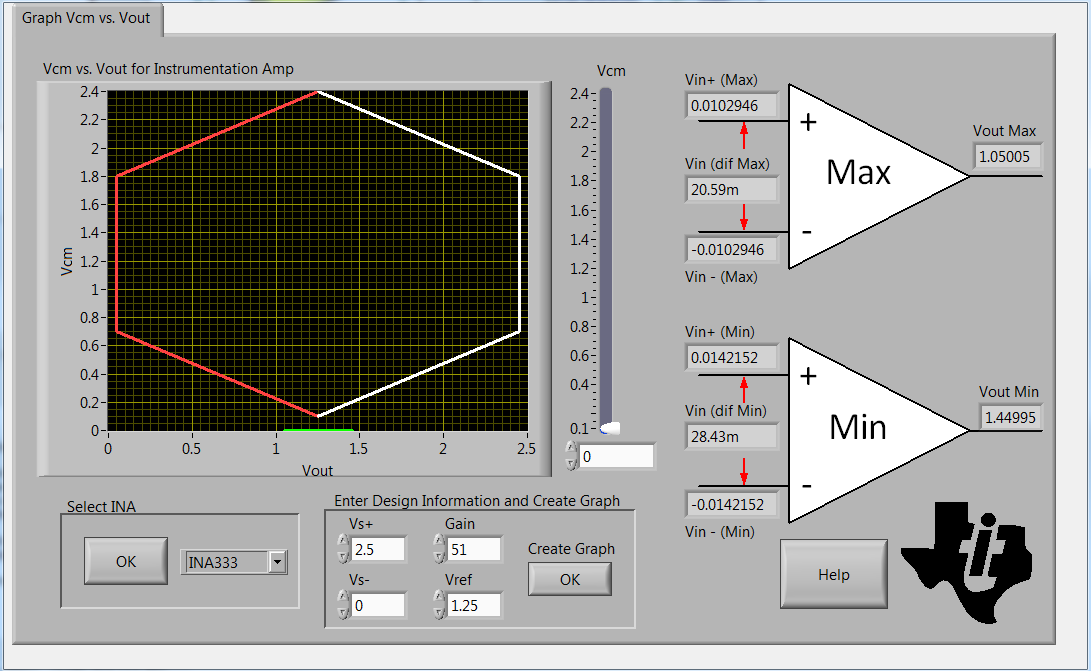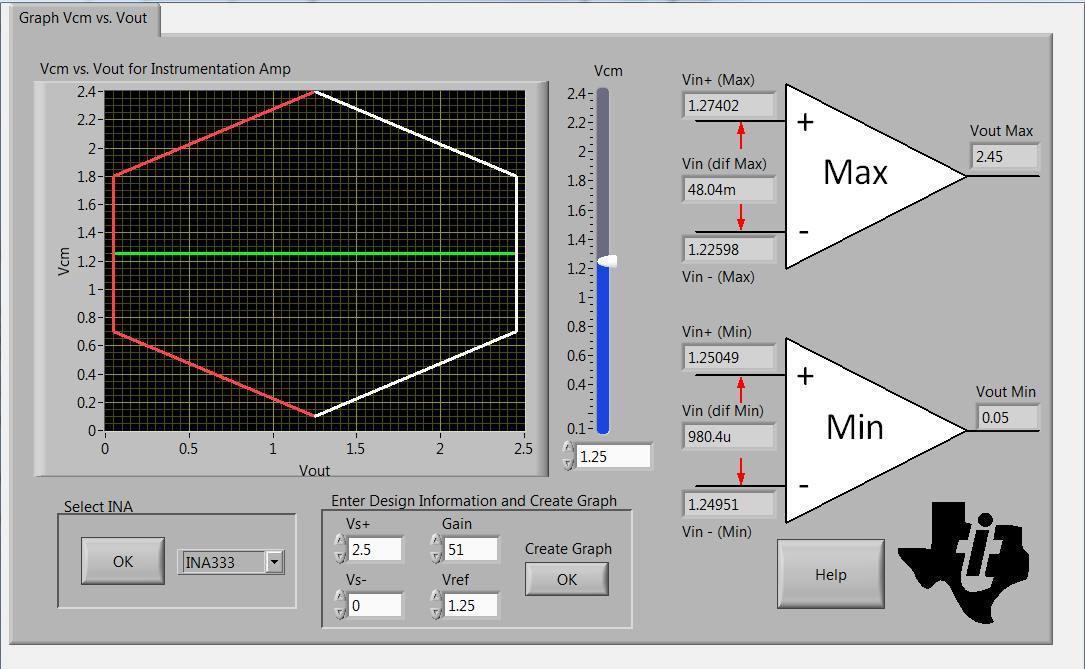Hello!
I'm going to drive Sigma-delta ADC with INA333, the input source will be magnetic loop with 20 Ohms impedance, source signal ~0-30Hz, ADC reference REF2025 (1.25v + 2.5v),
main power 3.3v (battery)
Should i connect power pin of INA333 to 3.3v or 2.5v?
What resistors (R2,R3) are better?
Should i connect the middle-point of magnetic loop to virtual ground (1.25v)?


